The Haunting of Hill House began as a gothic novel by author Shirley Jackson, released in 1959. The book follows the traditions of the gothic horror tales that originated in the 18th century, but also deviates from the genre in a significant way. The story is about a group of individuals brought together by a paranormal investigator to spend some time in an allegedly haunted house in order to prove, or perhaps disprove, the existence of the paranormal. One of these individuals, Eleanor, begins to display some rather alarming behaviors, feeling a sense of ownership over the house. She is forced by the others to leave the grounds, only to die in a fatal car accident. There are a host of other novels and films that borrow from this concept, and the story has cemented itself into the popular imagination.
The significant deviation here is that few if any of the incidents in the book can be definitively called paranormal phenomena. It is certainly plausible (though this is often denied by Jackson) that Eleanor was an emotionally-disturbed woman who simply let the horror stories of the house get the best of her, but the reader is left to decide this for themselves. Gothic horror has always been full of “is it paranormal, or not?” themes, but in the case of The Haunting of Hill House, that question feels like the book’s central premise; quite fitting for a Shirley Jackson novel. It’s an interesting character study written as a gothic horror tale, and it manages to be unsettling almost exclusively through prose and suggestion.
The Haunting (1963)
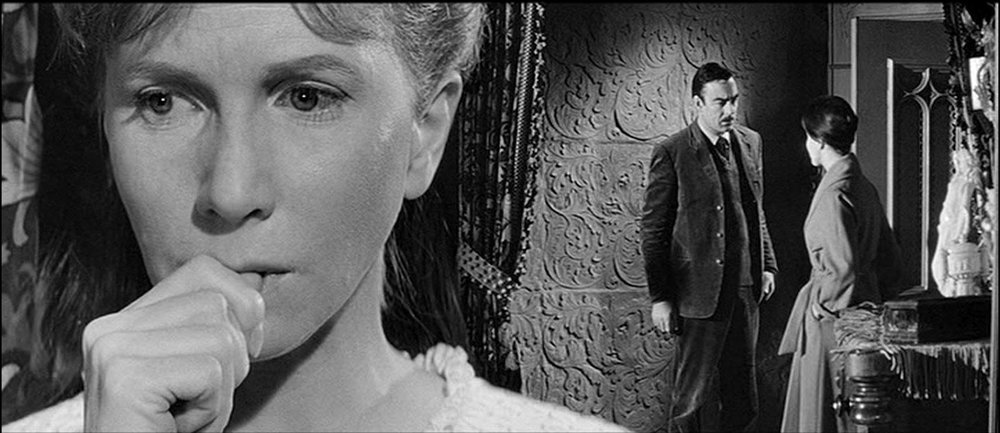
The Haunting of Hill House was successful enough that it apparently merited a film adaptation. I say that with a hint of cynicism, but the first adaptation is a quality film. Because it very much looks like it was directed or produced by William Castle, who had his hands in all things horror for a brief period of time, the name of the movie was shortened to The Haunting in order to avoid confusion with Castle’s The House on Haunted Hill.
The movie is mostly faithful to the novel, and that’s certainly for the best. The action takes place in an old mansion, and the sets of the 1963 version are outstanding, as are the acting and camerawork. This version maintained that shred of doubt surrounding the validity of the paranormal activity that occurs, and it manages to entertain quite thoroughly. Julie Harris and Claire Bloom are particular standouts, and oddly enough, the weak link here is Russ Tamblyn. The man is still working today, but in his early years, his performances weren’t always stellar.

Tamblyn’s performance is about the only complaint I have about the 1963 version, and it’s a fantastic film. I’d highly recommend it to fans of gothic horror and psychological thrillers.
8.5/10
The Haunting (1999)
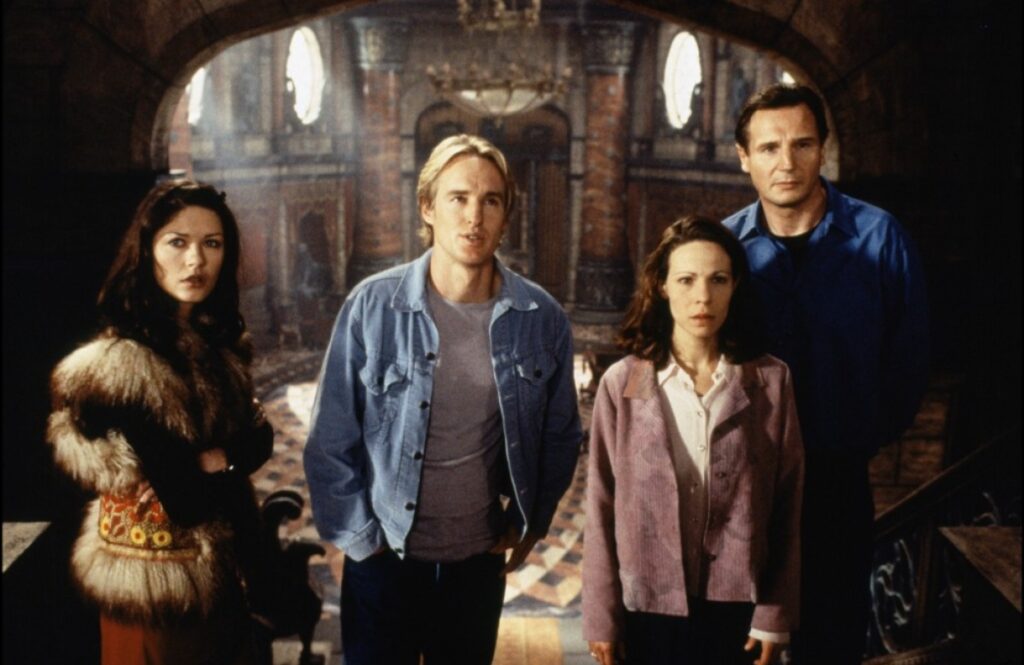
Throughout the 1990s, Wes Craven, Stephen King, and Stephen Spielberg tried desperately to bring The Haunting of Hill House to life on the big screen once more. Craven dropped out to direct Scream. At a certain point, the other two reached an artistic impasse. King desperately wanted another go at The Shining, and leaned toward more of a horror focus. Spielberg wanted to capitalize on the success of Poltergeist, focusing more on popcorn-level thrills rather than earned suspense. Both decided to throw in the towel, and the project was handed off to Jan de Bont, a cinematographer who directed the Keanu Reeves vehicle Speed (pun so intended.)
A few years later, Stephen King releases Rose Red, a mini-series that obviously rips off numerous aspects of The Haunting and several other haunted house stories. It wasn’t very good, at least in my opinion, and its cheesy Stephen-King-isms alleviate any disappointment that this adaptation of Jackson’s novel never saw the light of day. Still, it would have been better than this disgusting turd of a movie.
There are two nice things I can say about The Haunting remake, and one of them isn’t so flattering to the film itself.
- The house is gorgeous. The fact that this film was directed by a cinematographer really, really shows, and the sets are great. It’s mostly a pretty film, although it’s a bit too dark.
- Catherine Zeta-Jones is attractive. This one barely counts as a plus, because her character exists almost solely to arouse male audience members (again, pun intended.) The camera spends a pretty significant amount of time on her clothed breasts, and while I can’t exactly blame the cameraman for naturally drifting in that direction, I CAN blame the director for constantly redirecting the action to her bosoms. It’s really, really distracting.
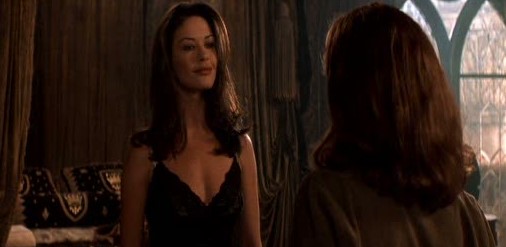
Everything else about this movie sucks. The pacing is rather poor, and it makes the film feel at least twenty minutes longer than it actually is. The acting is notably stupid, and the film was made during that time when Hollywood couldn’t decide if Owen Wilson was a serious actor or comic relief. In this film, he tries his hand at both, and the result is just nauseating.
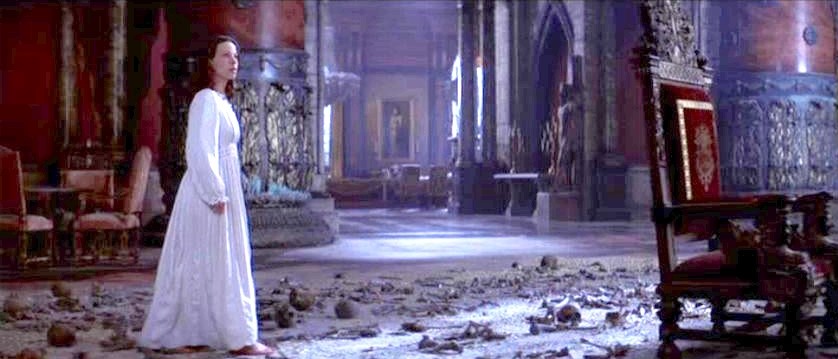
For me, the most annoying parts of the 1999 version are the various plot deviations from the novel. I’m completely okay with deviation, so long as it doesn’t result in Lili Taylor meandering about in a happy daze as the movie decides that it needs to abandon its tone ¾ of the way through. In this version, the character of Eleanor is conveniently the distant relative of a bunch of children who were murdered in the house, and the main goal is to save the already-deceased children from the house. It’s been a while since I’ve seen this version, and I have a vague recollection of the malevolent force in the house being the ghost of some guy who molested the dead children when they were alive, but I could be totally wrong about that. My own potentially-imaginary version of the film is likely far more interesting than the final product, so I shall blissfully wallow in my ignorance for now.

2/10
The Haunting of Hill House (2018)

This October, Netflix graced us with yet another version of the Shirley Jackson novel, which is of course the only reason I care to mention the previous two adaptations. This one uses the book’s full title, a move I suspect was either a deliberate attempt to distance itself from the 1999 shit-show, or the result of an over-saturated market full of movies with the word “haunting” in them.
The series makes it clear from the very beginning that it has no interest in being faithful to the novel, and yet in spirit, it’s more faithful than the previous adaptation. The continuity is mostly demonstrated through Easter eggs and recurring plot devices from the original story and the preceding two films. All of the character names from the novel are used in the series, but some of them are repurposed. The iconic staircase from the 1963 film is recreated, and I’m sure there are a number of other call-backs that I’ll notice on repeat viewings.
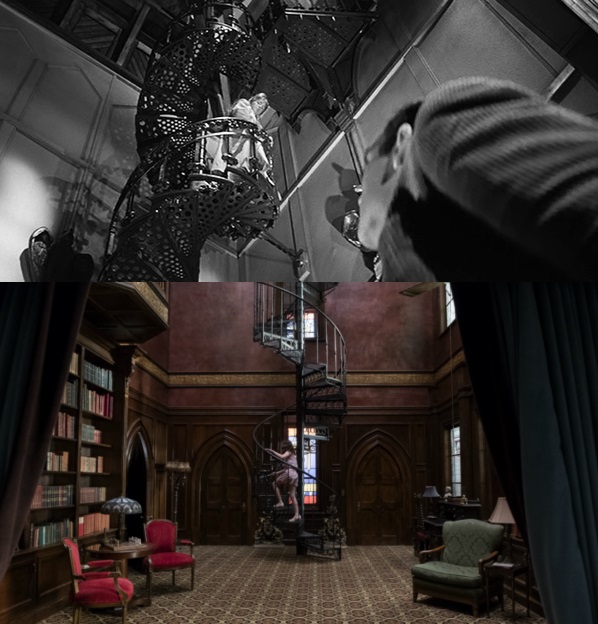
I can’t talk about the series without mentioning the poster boy for this new generation of quality, atmospheric horror films, Mike Flanagan. Admittedly, not all of his films up to this point have resonated with me. My first exposure to his work was the film Absentia, which I found to be rather unremarkable, but with every release, Flanagan comes closer to delivering a masterpiece. I thought Oculus and Hush were both very competent films, although they relied heavily on horror gimmicks. Their biggest failure was an inability to differentiate themselves from the generic pop-horror being released at an alarming rate around them.
The film that really solidified Flanagan’s reputation as a “fixer” of sorts was Ouija: Origin of Evil. The first Ouija was a hot mess. I’ve seen it twice now, the second time simply to confirm that I was remembering the same movie that Origin of Evil is supposed to be a prequel to. Flanagan’s entry in the Ouija franchise is close to a modern horror classic, a shock considering that the first film is so incompetent in every way that it’s practically Nyquil. Origin of Evil’s critical and commercial success lead to an offer to direct the Netflix-distributed Gerald’s Game. It’s a Stephen King adaptation, and while it was fairly well-received, there were some glaring shortcomings, mostly related to the source material. I wasn’t a fan, but I’m probably in the minority on this one.
With The Haunting of Hill House, Flanagan once again resurrects a franchise with incredibly low audience expectations. The 10-episode Netflix series doesn’t look particularly notable, but mostly because we’ve been burned by 20 years of unnecessary jump scares being the norm.
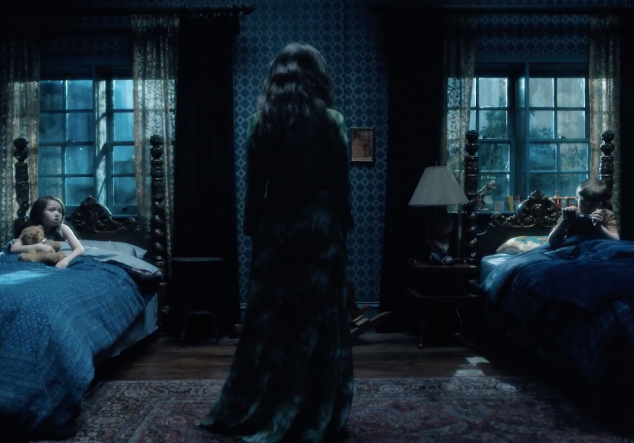
The series involves one family’s relationship with a haunted house. The Crains and their five children live in Hill House for a time in an effort to fix the place up and sell it. They are driven out of the house after paranormal events drive the mother to suicide. The father is suspected of her murder due to suspicious circumstances, and the case becomes national news. The oldest son, Steve, decides to capitalize on this notoriety to launch his writing career, and publishes a fictional account of his stay at Hill House and the events that take place. This creates tension in the family, as it is seen as exploitation of their mother’s tragic death. The rest of the series flashes back and forth between the family in present day and during their initial experience at Hill House, and we gradually put together the events that take place.
This structure could have been needlessly confusing, but it’s handled in a very compelling way. The only confusion on my part was related to one of the film’s greatest strengths: casting. These actors really do look related to each other, and occasionally I lost track of what was going on because of this. Fortunately visual accuracy wasn’t the only qualification here. The acting is top-notch all-around, and even the child actors are remarkable. It’s a good thing too, because the series relies very heavily on its performances. Like most of the better entries in the horror genre, the “horror” element mostly serves to facilitate character development, and the level of care put into this aspect is what really made me care about The Haunting of Hill House.

The most unique attributes of Hill House, and the ones that elevate it the most, are the cinematography and mise-en-scène. The sweeping shots of the mansion are pretty, and that’s not anything we haven’t seen before, but the show effectively plays with its audience through clever use of background and foreground. During the scenes that take place in the house, every few shots have some cleverly-placed background elements, many of which are fairly alarming. This isn’t limited to scenes that involve heightened action. Quite often, this happens during conversation among characters, even in otherwise heartwarming moments. It’s like an entire series filled with more tasteful versions of those “When you see it, you’ll shit bricks” memes.
Quite frankly, the less I say about the show, the better. There’s quite a bit of buzz around it, and I’m so thankful that this level of artistry is being recognized. If you binge any series this October, let it be The Haunting of Hill House.
9/10